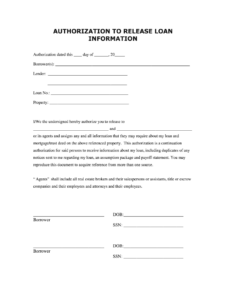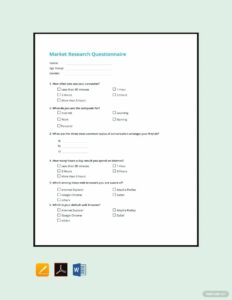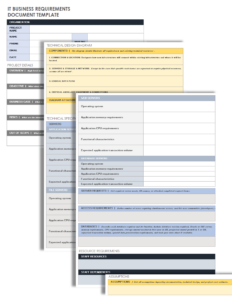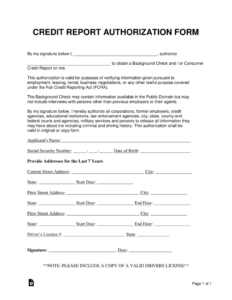Are you looking for a robust RPA requirement gathering template to streamline your automation journey? If so, you’re in the right place. In this article, we’ll provide you with a comprehensive template that will help you gather all the necessary information to ensure your RPA project is a success.
Before we dive into the template, let’s understand the importance of requirement gathering in RPA. A well-defined set of requirements is crucial for developing an RPA solution that aligns with your business objectives. It ensures that the automated solution meets your specific needs and eliminates costly rework or misalignment.
Understanding the RPA Requirement Gathering Template
Our RPA requirement gathering template is structured around the following key sections:
Project Overview: This section captures basic information about the RPA project, such as project name, scope, objectives, and expected outcomes. It also includes details about the project team and stakeholders involved.
Process Analysis: In this section, you’ll document the current process that you intend to automate. Include a detailed description of the steps involved, the systems used, and the pain points that you’re looking to address.
Functional Requirements: Here, you’ll define the specific functionality that the RPA solution should provide. This includes details about the input data, processing rules, output format, and any integration requirements.
Non-Functional Requirements: This section focuses on the technical and operational aspects of the RPA solution. It covers aspects such as performance, security, scalability, and maintenance considerations.
Additional Considerations for RPA Requirement Gathering
In addition to the template sections, there are a few other considerations to keep in mind during the requirement gathering process:
Stakeholder Involvement: Engage with key stakeholders at every stage of the requirement gathering process. Their input is essential for ensuring that the RPA solution meets their needs and expectations.
Process Optimization: Don’t limit yourself to automating “as-is.” Take the opportunity to identify areas for process improvement within the scope of the automation project.
Change Management: Consider the impact of RPA on current workflows and prepare a change management plan to minimize disruption and ensure successful adoption.
Continuous Improvement: Establish a process for ongoing monitoring and evaluation of the RPA solution. This will ensure that it continues to deliver the desired value and adapts to changing requirements.
Conclusion
By following the steps and considerations outlined in this article, you can effectively gather requirements for your RPA project. Our RPA requirement gathering template will provide you with a structured framework to capture all the necessary information. Remember to engage with stakeholders, optimize processes, and establish continuous improvement mechanisms to ensure a successful RPA implementation.
As you delve deeper into RPA, you may encounter additional aspects that require consideration. Don’t hesitate to seek guidance from RPA experts or refer to industry best practices to address specific challenges or leverage the latest advancements.



